Alfred Vogel (1902-1996) was a tireless researcher, a talented speaker, a world traveler and a man who understood better than others how nature works and heals.
Already in his early childhood, his father and grandfather introduced him to the world of medicinal herbs and their effects.
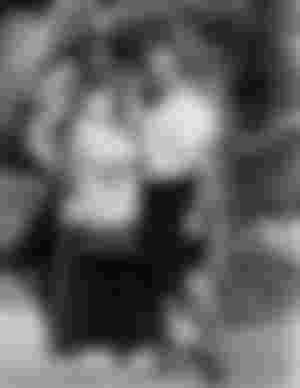
Herbal healing and the desire to help were his life's guiding principles, to which he devoted himself completely until old age. His knowledge and experience were the basis for A. Vogel's - herbal and medicinal preparations that we know today.o.
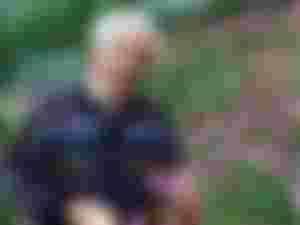
Alfred Vogel was an avid traveler all his life. As a curious phytotherapist, he was interested in all kinds of medicinal plants from all over the world. He used every opportunity to travel to new countries and get to know their cultures. Since the beginning of the fifties of the last century, Alfred Vogel has traveled to many countries on all continents, and he has paid special attention to communities that live in close connection with nature. Experiences gained from steppe peoples and peoples in the rainforests have taught him that nature, if we know it well and use its resources wisely, can often do much more than just human knowledge and experience.
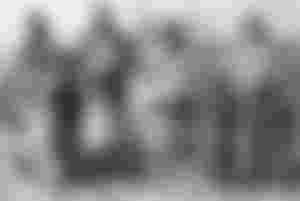
In the early 1950s, Alfred Vogel lived for some time in the Sioux Indian tribe in North America. The way in which the natives used the power of nature for their health astonished him. Over time, a friendship developed between the head of the Black Deer and researchers from distant Europe, which was based on deep mutual respect.

The Black Deer introduced Alfred Vogel to the Indian way of healing and the secrets of Indian medicine. He also passed on his knowledge of plants, especially the one that became a feature of Alfred Vogel - treatment with echinacea (lat. Echinacea purpurea). The Sioux have known this plant for several generations and have used it as a multi-purpose medicine: for external use in snake bites, wounds and bruises, and for internal use to strengthen the body's immune system.

At the end of Vogel's stay in South Dakota, Chief Black Deer gave him a handful of echinacea seeds. Alfred Vogel brought a valuable gift to Switzerland and started growing plants very successfully. Today, there is a medicinal preparation from that plant, A.Vogel Echinaforce®, which is produced from seeds from our own cultivation, and which originate from seeds that Alfred Vogel received from Black Deer.
Echinacea purpurea is a North American species of flowering plant in the sunflower family. It is native to parts of eastern North America and present to some extent in the wild in much of the eastern, southeastern and midwestern United States as well as in the Canadian Province of Ontario.
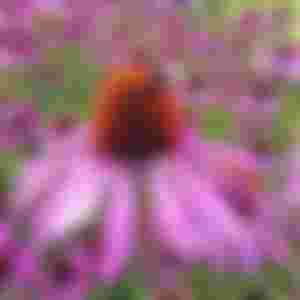
The petals are usually pink or purple, and the stem of this plant is quite tall - it reaches up to 60 centimeters in height. It belongs to the perennial plants.
The original inhabitants of the American continent used it as a universal herbal medicine. However, echinacea also experienced great popularity among Western civilization in the 18th and 19th centuries. Before the advent of antibiotics, echinacea was used to treat the following diseases:
syphilis
scarlet fever, i.e. scarlet fever
diphtheria
malaria
blood poisoning, etc.

This plant owes its medicinal power to its chemical composition, which includes polysaccharides, glycoproteins, flavonoids, inulin, essential oils, vitamin C and alkamides. These names may not mean anything to you, but they are key to healthy body function, especially for a healthy immune system.
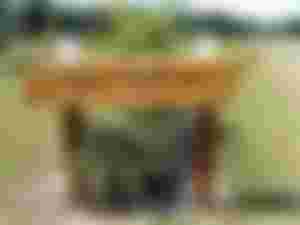
However, you should know that the chemical composition of echinacea differs depending on the part of the plant. Parts above the ground (flower and leaves) are more useful for strengthening immunity, for example, because they contain more polysaccharides. The root, on the other hand, contains more essential oils, so herbal preparations more often consist of echinacea leaves and flowers.
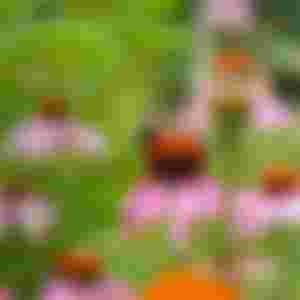
This medicinal plant can be used fresh or dried, depending on whether you make a tincture, or perhaps tea. It is also available in the form of tablets and capsules and other supplements.
Hello to my friends, I hope you are healthy! @SirPotato @Macronald @Angel24

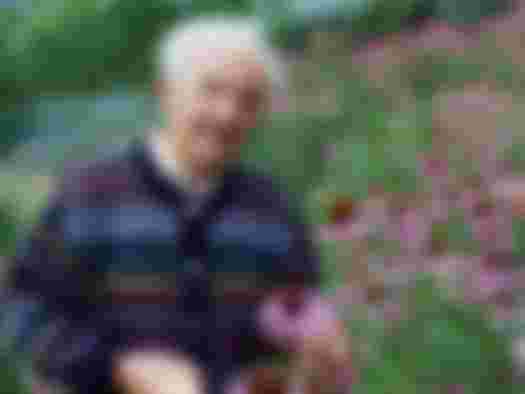
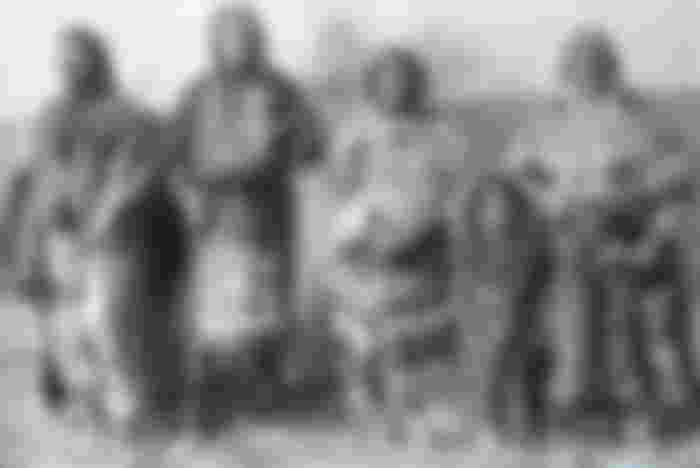
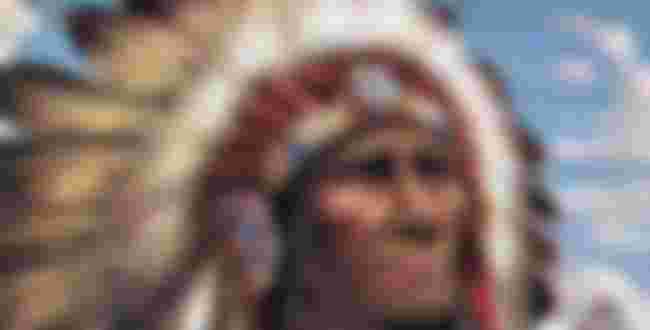

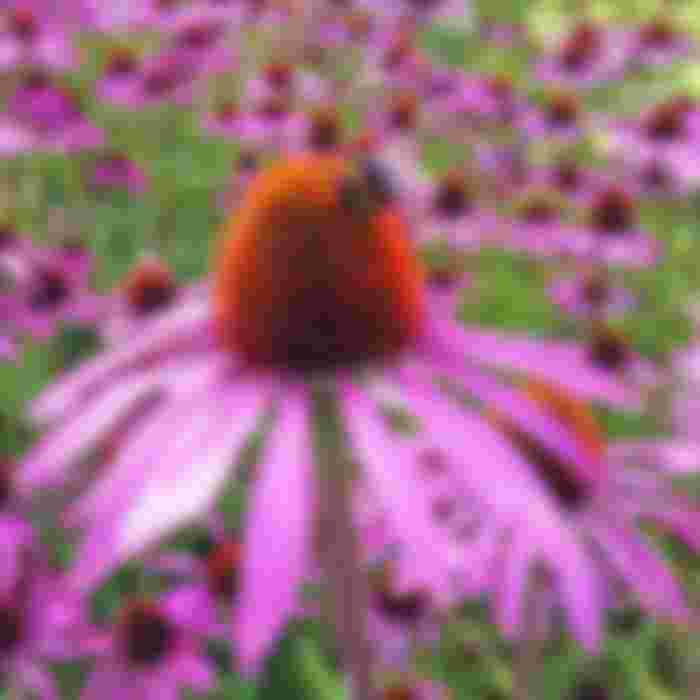
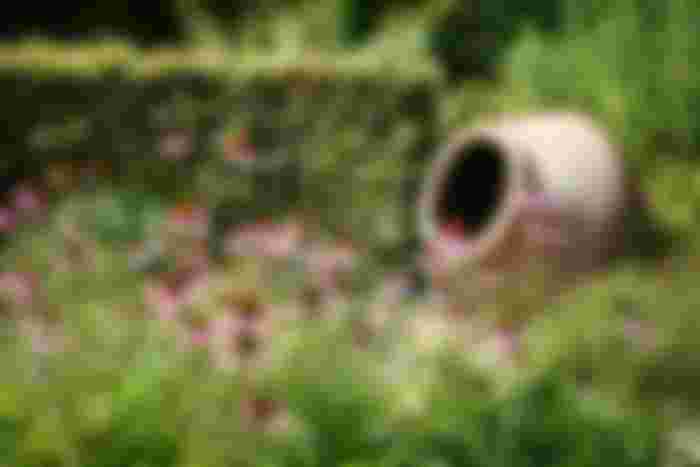
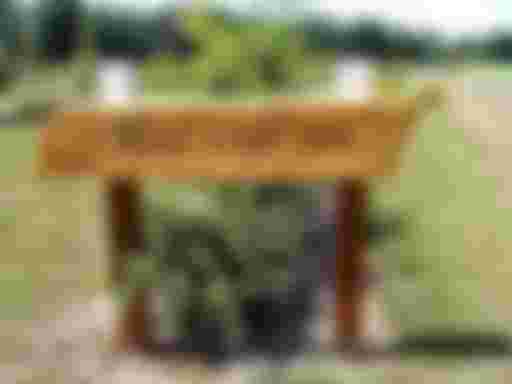
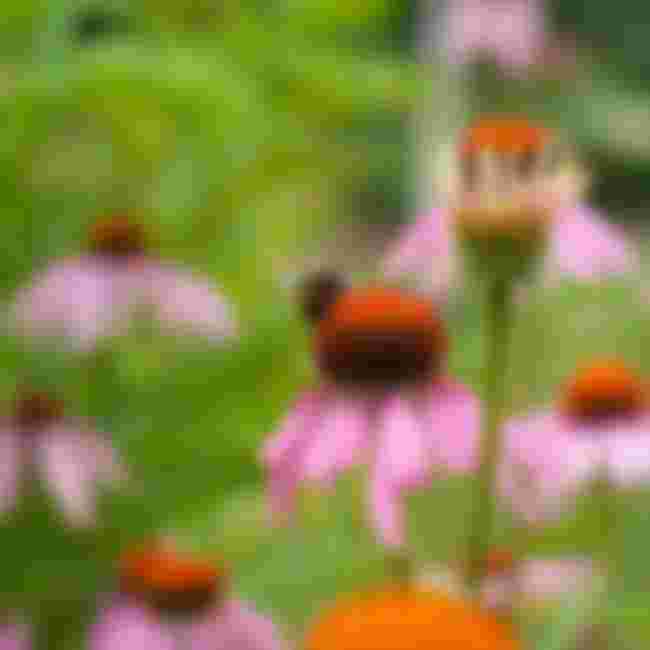
Алфред Вогел био је годинама познат као лекар А. Вогел или др. Вогел. Вогел је наводно 1952. године добио почасни докторат из ботаничких студија на Калифорнијском универзитету либералних лекара у Лос Анђелесу , омогућавајући му да обликује „ др.хц А. Вогел“. Тај институт је давно распуштен и легитимитет његових диплома се спори; данас су неке празне ЦУЛП дипломе изложене у Музеју упитних медицинских средстава, првобитно у музеју надрилекарстава Америчког лекарског удружења . Будући да није био лекар, али је продавао „природне лекове“, наслов др. Вогел је подразумевао неисправно повезивање.